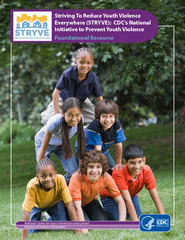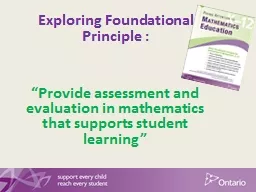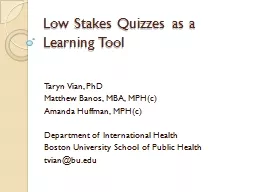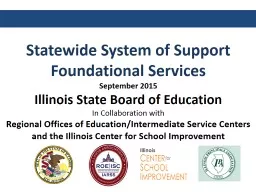PDF-2 STRYVE Foundational Resource
Author : yoshiko-marsland | Published Date : 2015-07-24
Striving To Reduce Youth Violence Everywhere STRYVE The CDC146s National Initiative to Prevent Youth ViolenceFoundational ResourceCenters for Disease Control and
Presentation Embed Code
Download Presentation
Download Presentation The PPT/PDF document "2 STRYVE Foundational Reso..." is the property of its rightful owner. Permission is granted to download and print the materials on this website for personal, non-commercial use only, and to display it on your personal computer provided you do not modify the materials and that you retain all copyright notices contained in the materials. By downloading content from our website, you accept the terms of this agreement.
2 STRYVE Foundational Resource: Transcript
Download Rules Of Document
"2 STRYVE Foundational Resource"The content belongs to its owner. You may download and print it for personal use, without modification, and keep all copyright notices. By downloading, you agree to these terms.
Related Documents














